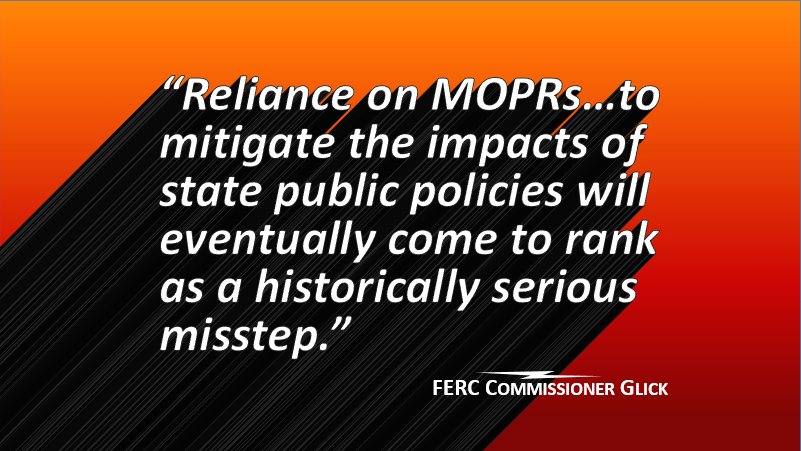Our initial comment arguing that generation procurement is a program of cooperative federalism eelp.law.harvard.edu/wp-content/upl…
Our reply to absurd claims of stranded costs eelp.law.harvard.edu/wp-content/upl…
Keep Current with Ari Peskoe
This Thread may be Removed Anytime!
Twitter may remove this content at anytime, convert it as a PDF, save and print for later use!

1) Follow Thread Reader App on Twitter so you can easily mention us!
2) Go to a Twitter thread (series of Tweets by the same owner) and mention us with a keyword "unroll"
@threadreaderapp unroll
You can practice here first or read more on our help page!

